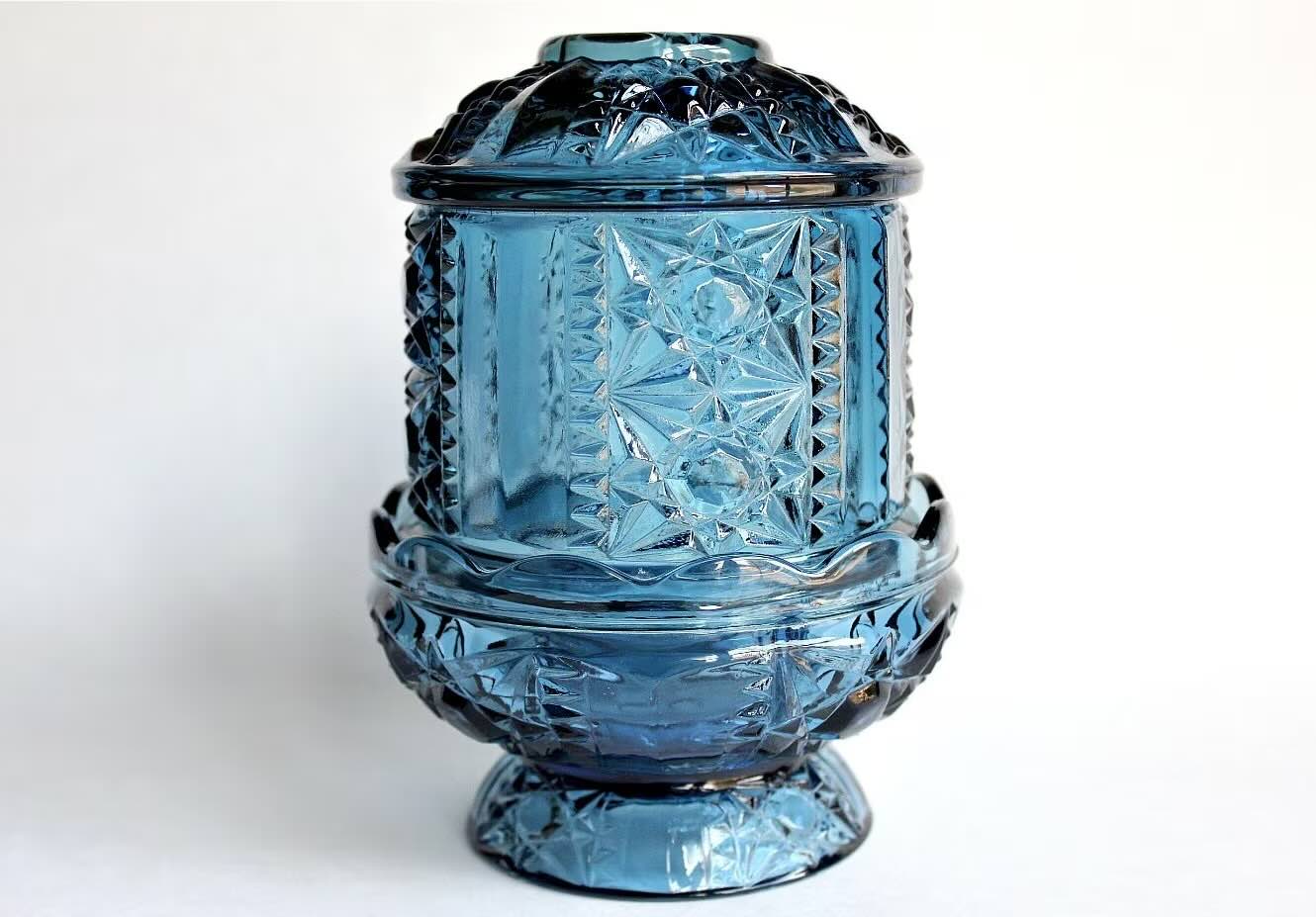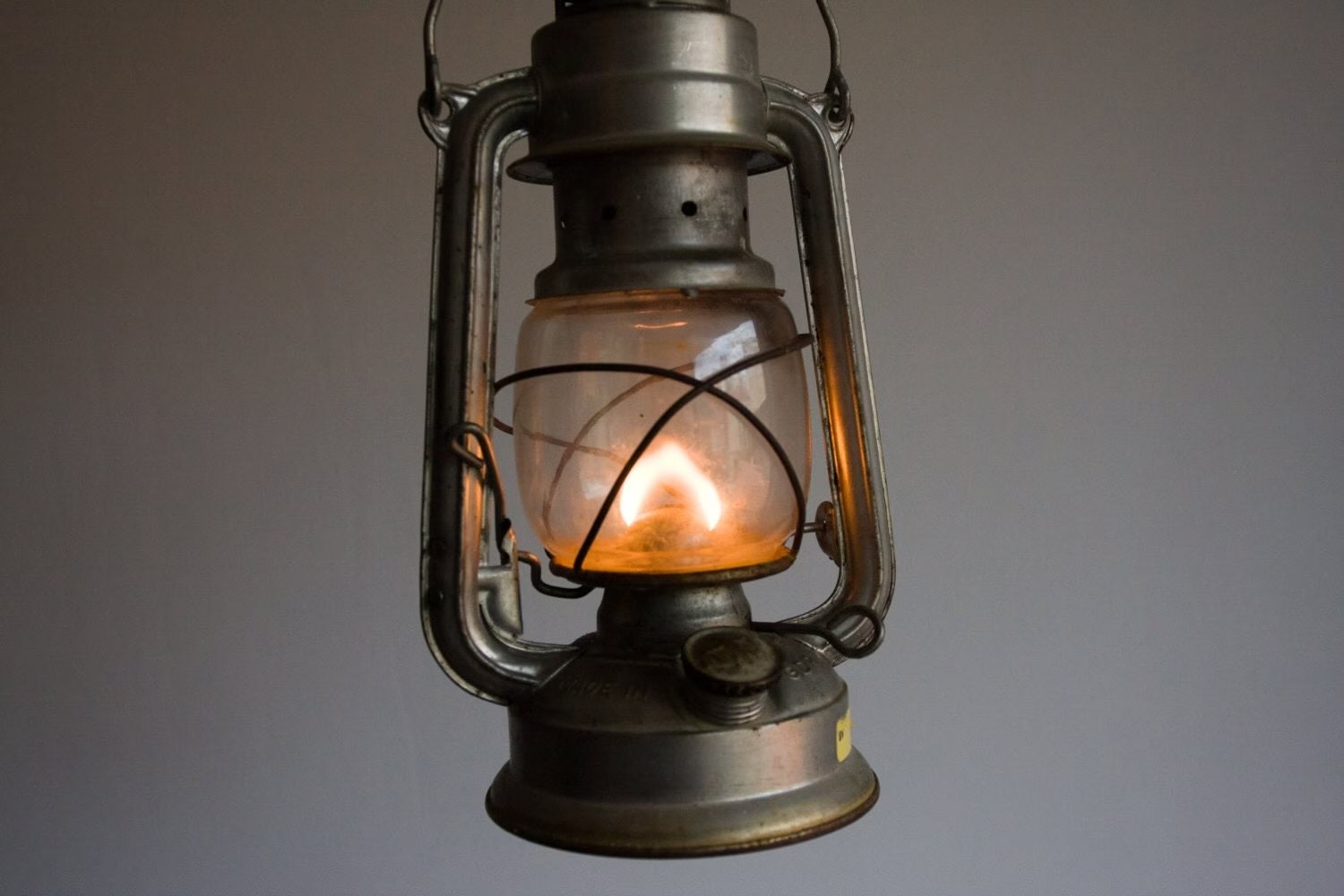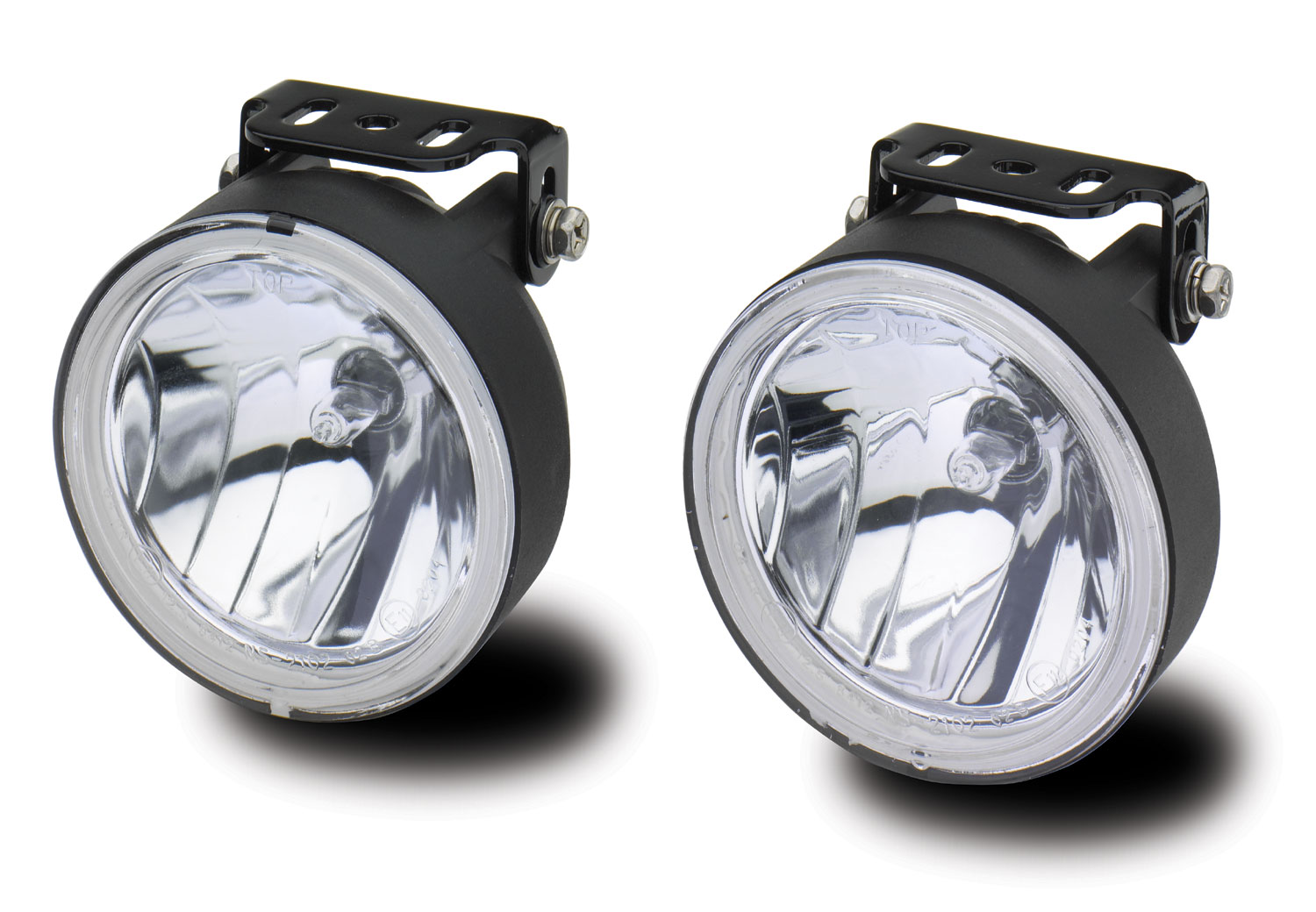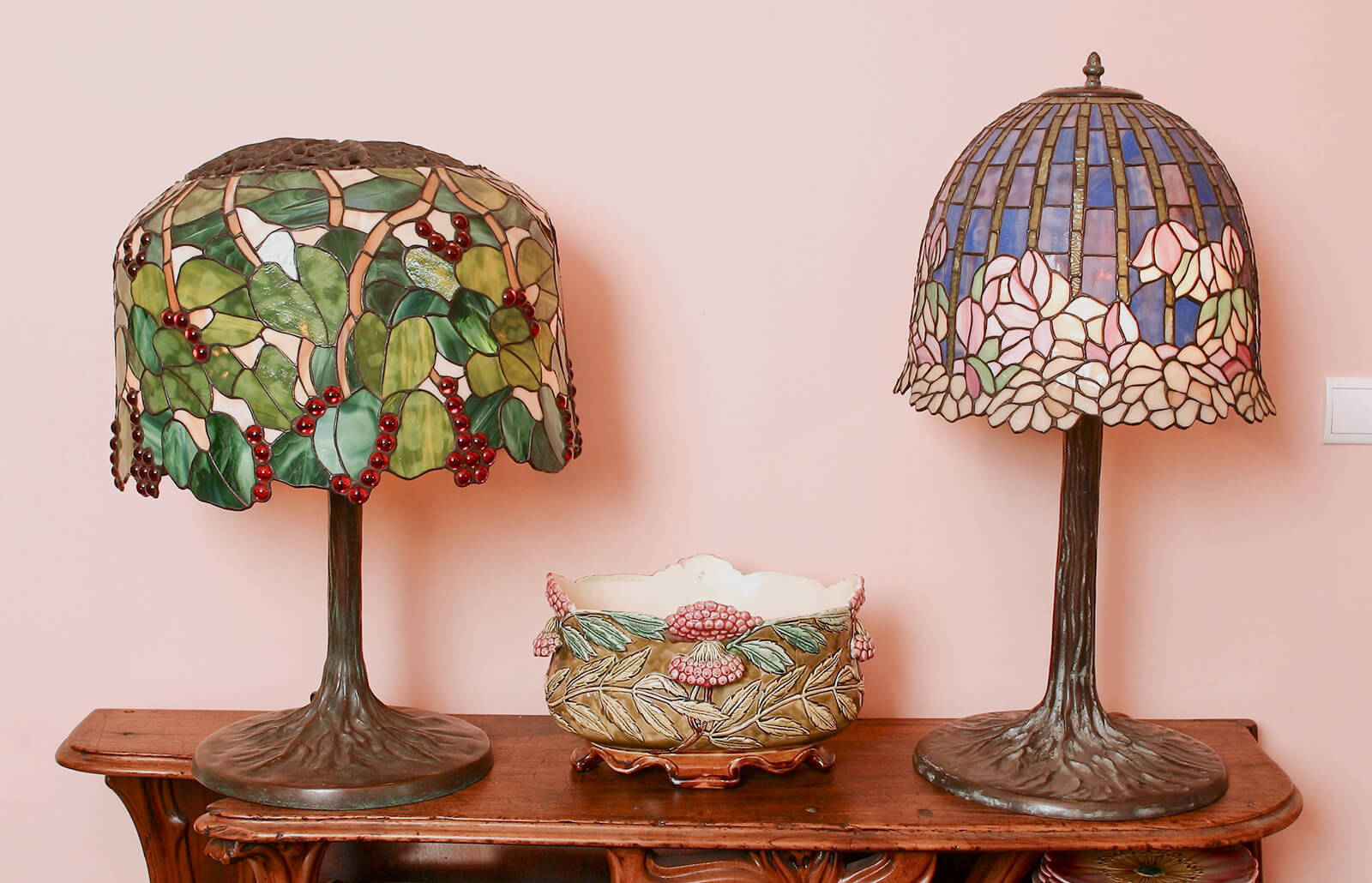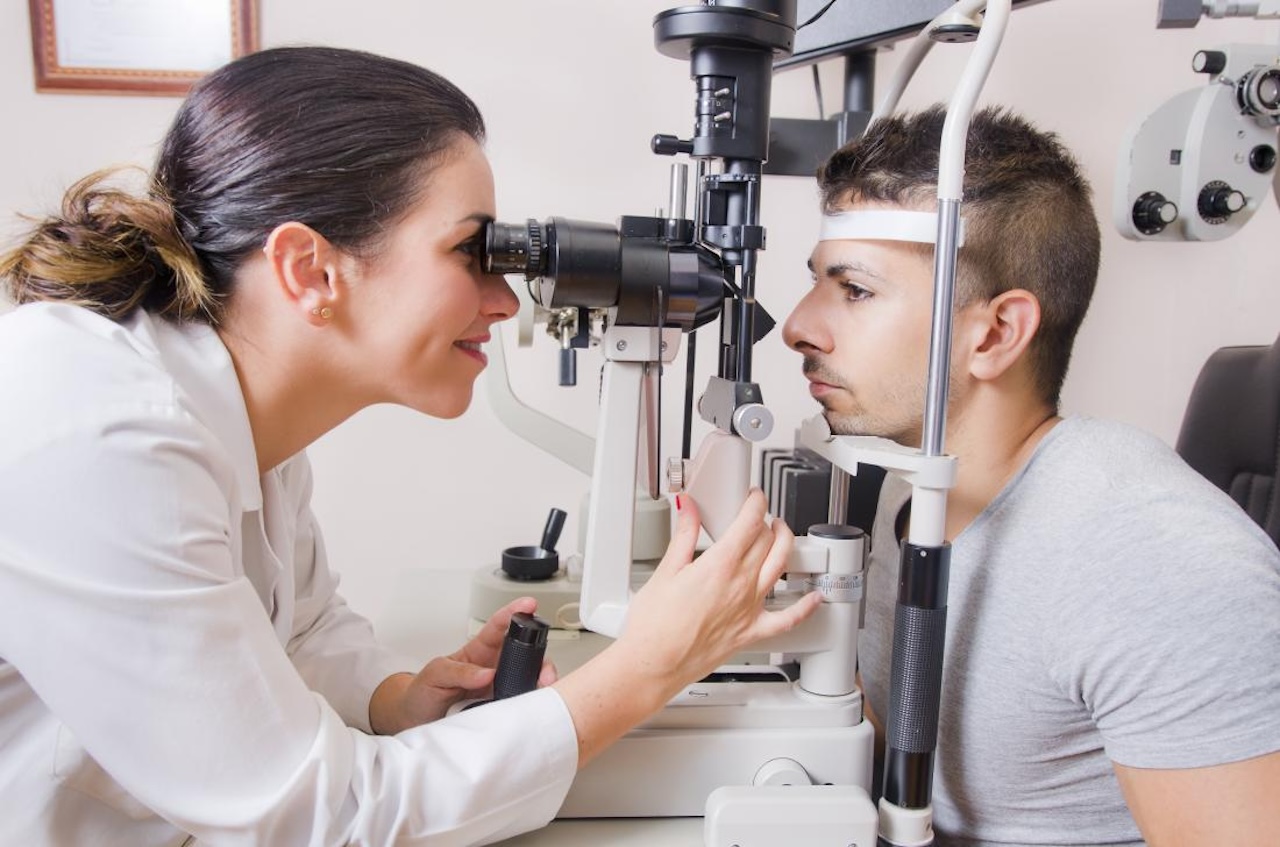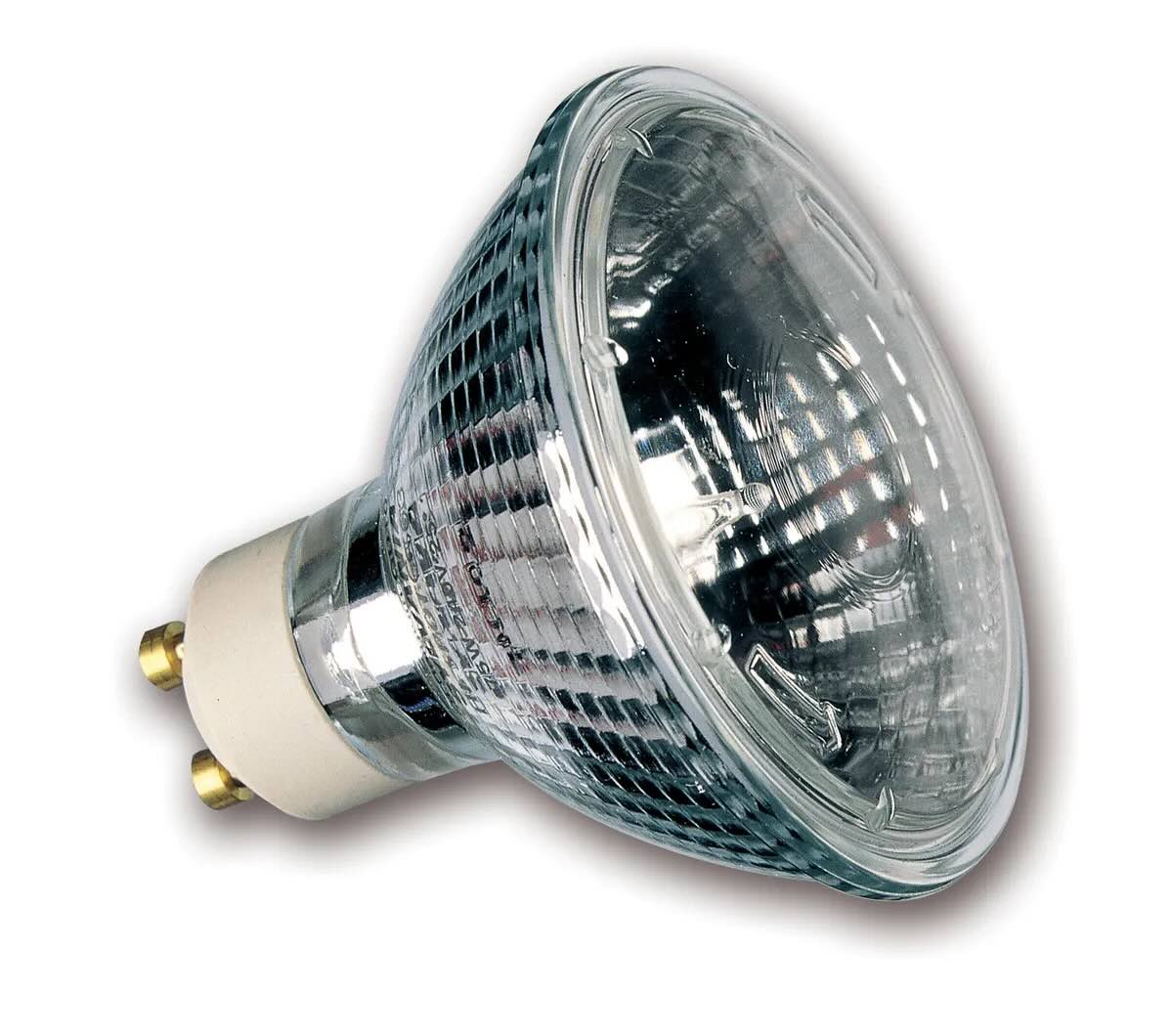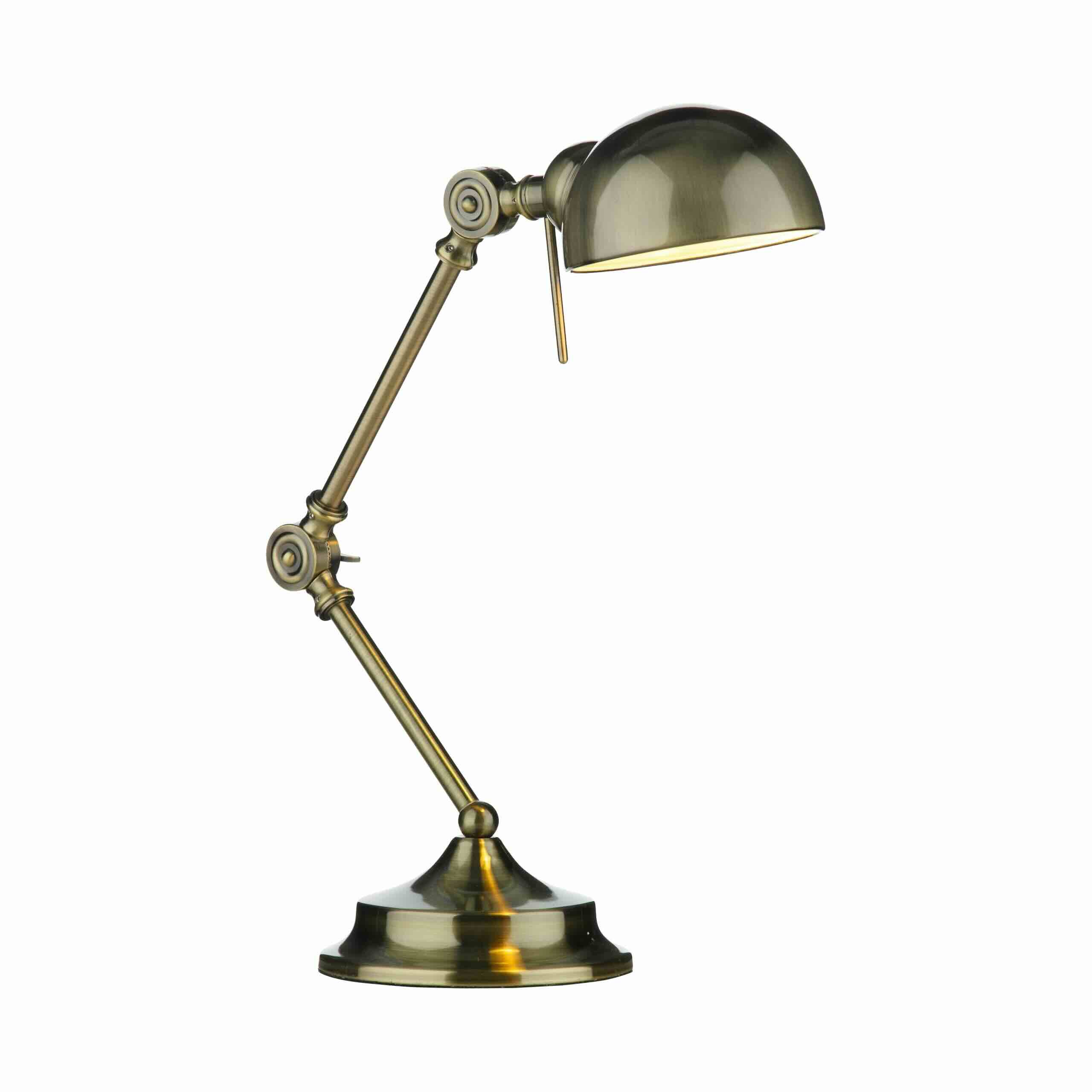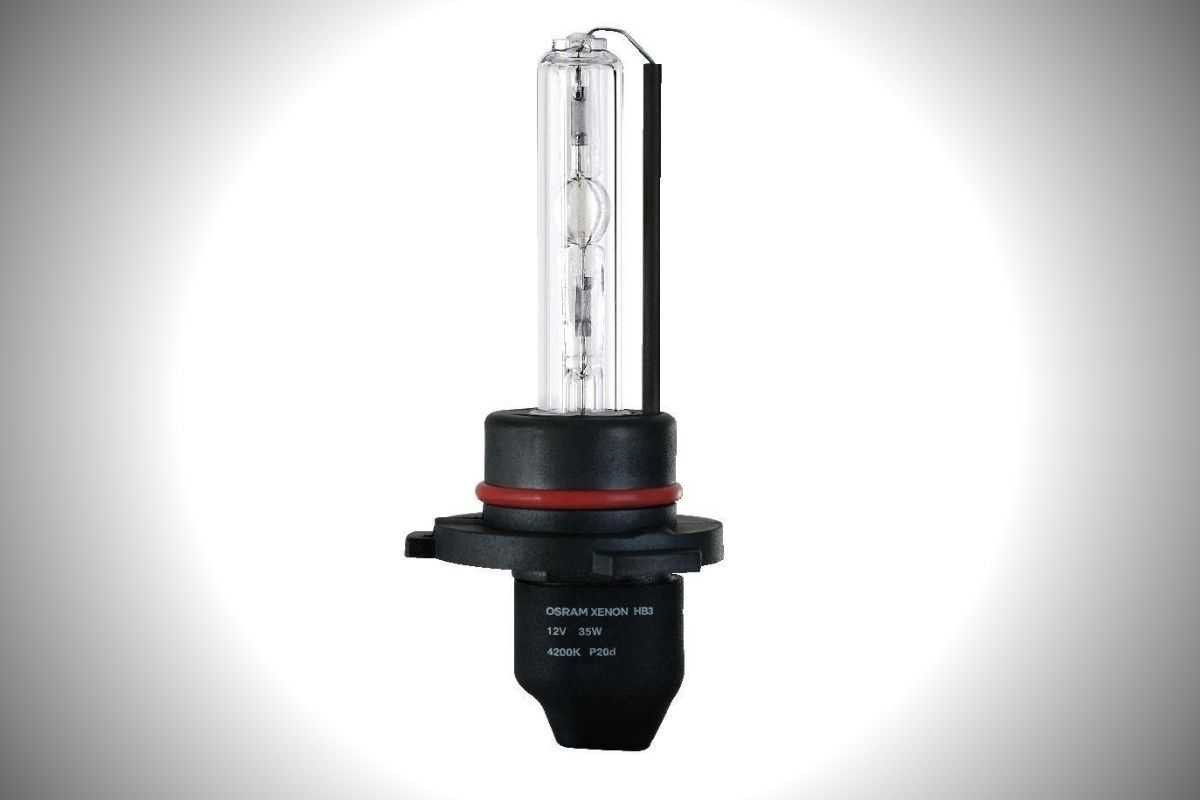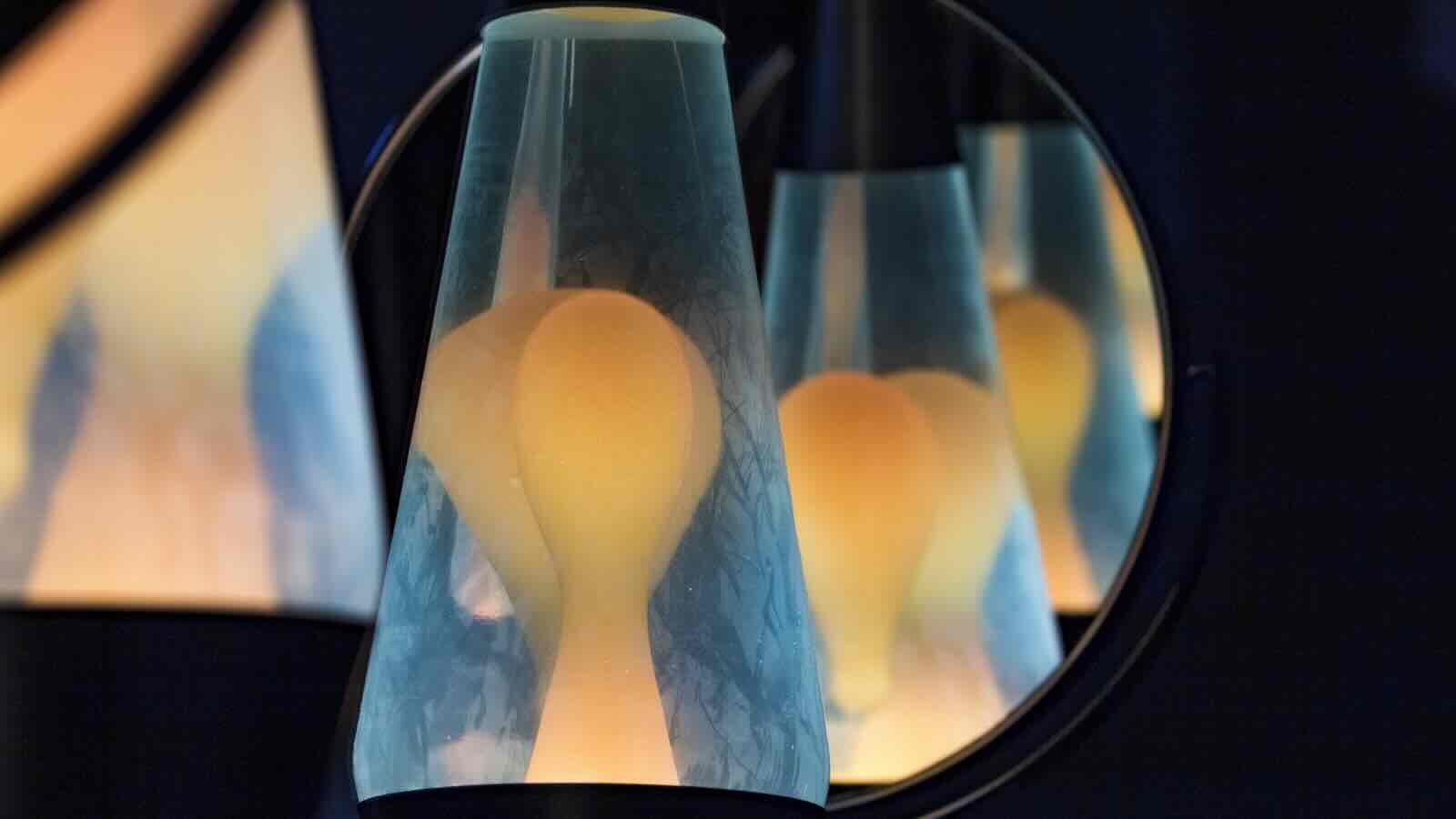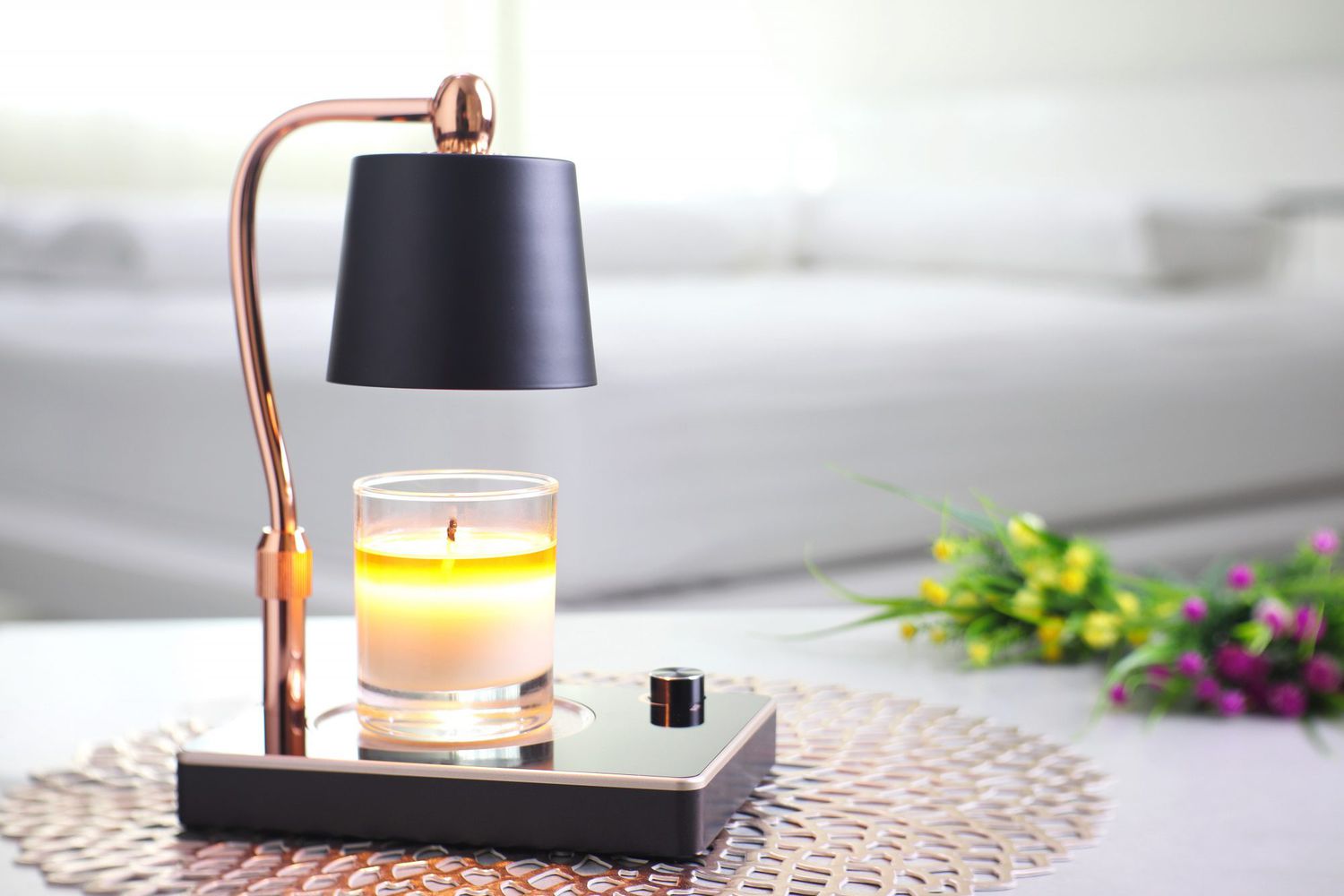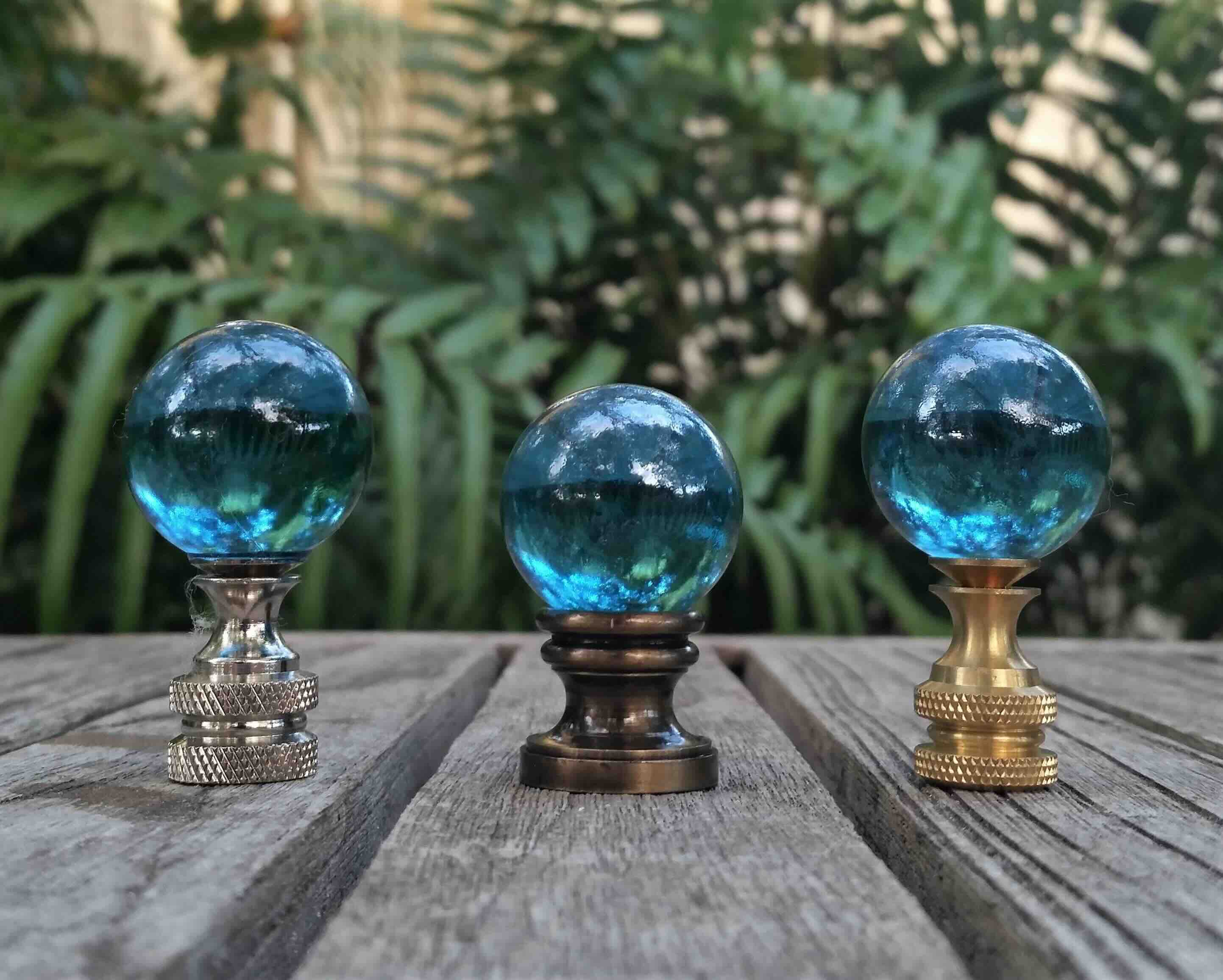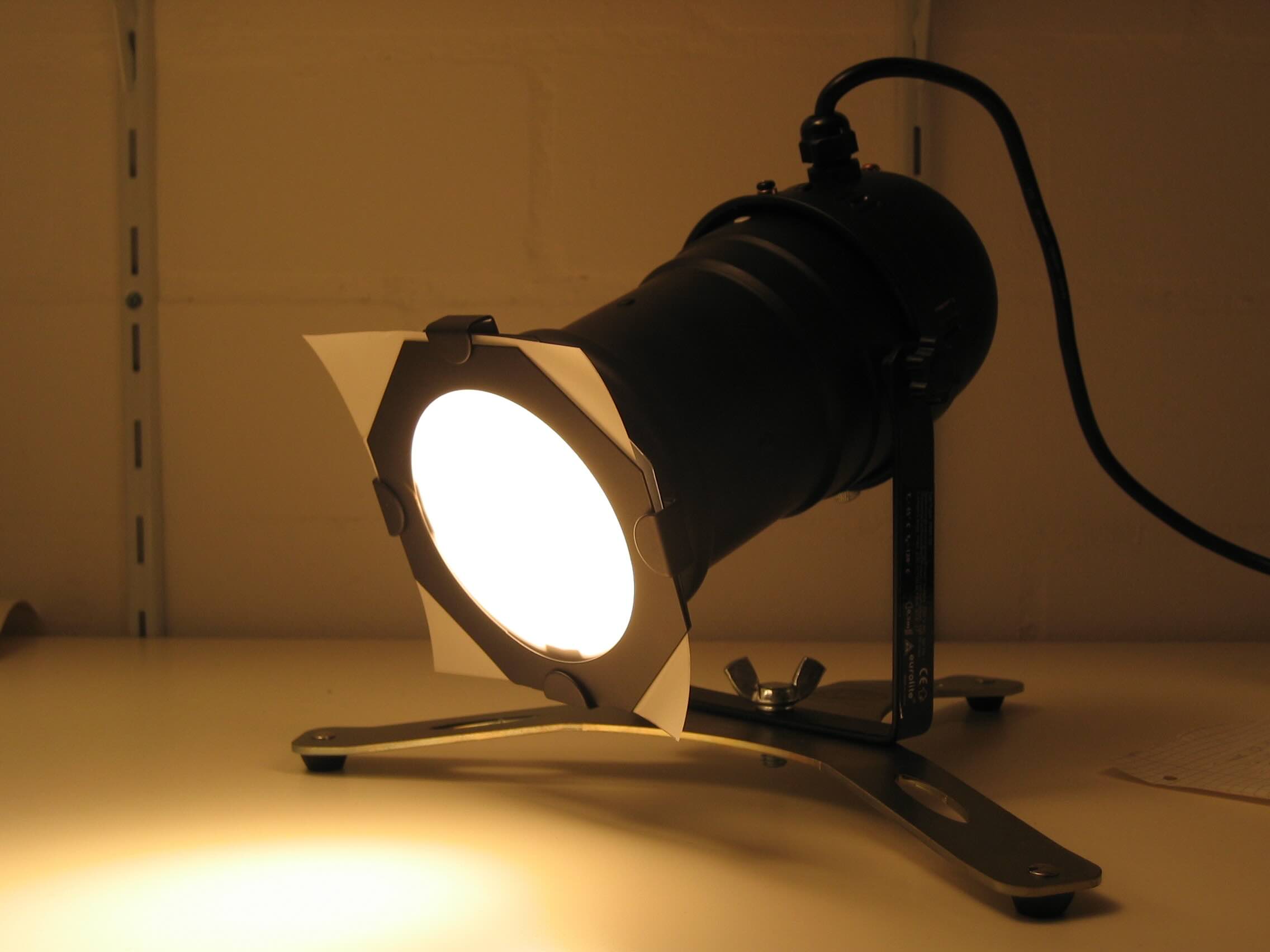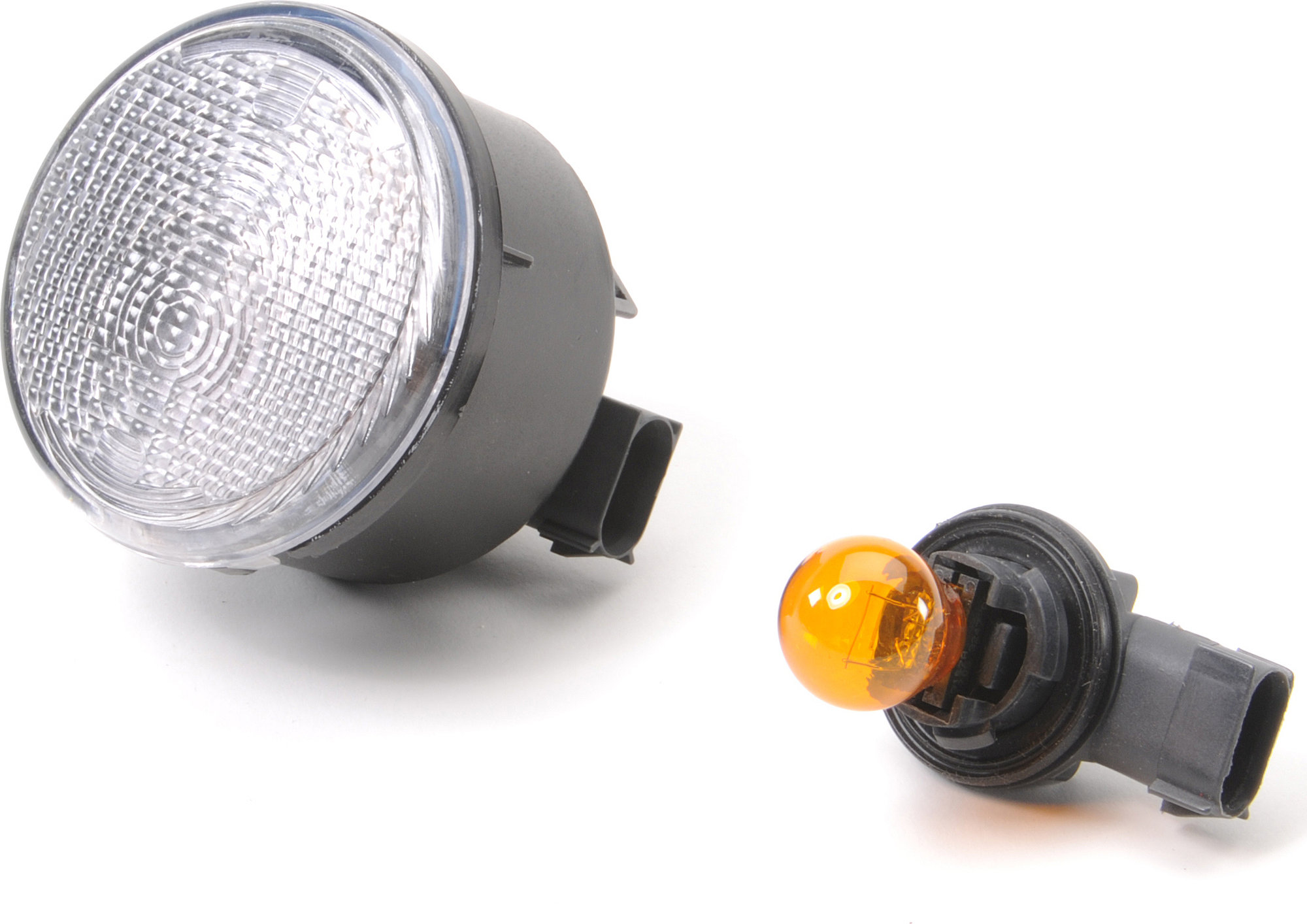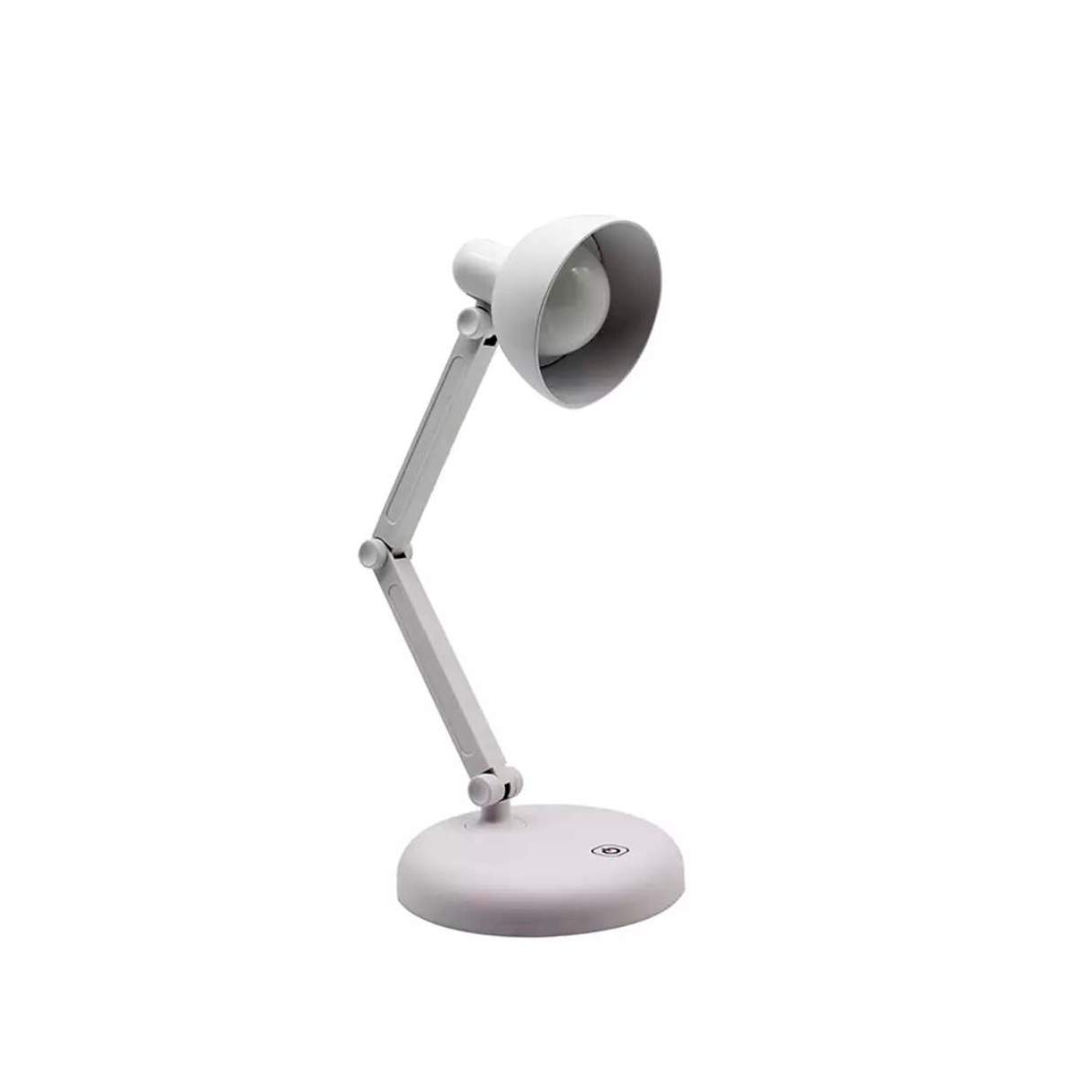

Furniture
What Is An LED Lamp
Modified: January 6, 2024
Discover the benefits of using LED lamps in your furniture. Upgrade your lighting to save energy and create a warm, inviting atmosphere.
(Many of the links in this article redirect to a specific reviewed product. Your purchase of these products through affiliate links helps to generate commission for Storables.com, at no extra cost. Learn more)
Introduction
Welcome to the world of LED lamps, where technology and lighting merge to create efficient and eco-friendly illumination options for homes, offices, and outdoor spaces. LED lamps, also known as Light Emitting Diode lamps, have gained significant popularity in recent years due to their long lifespan, energy efficiency, and versatility in design.
In this article, we will explore the fascinating world of LED lamps, taking a closer look at their definition, how they work, as well as their advantages and disadvantages. We will also delve into the common applications of LED lamps, compare them with other types of lamps, and discuss their potential for the future.
So, if you’re curious about how LED lamps can brighten your space while helping the planet, keep reading to unlock the secrets behind this revolutionary lighting technology.
Key Takeaways:
- LED lamps offer energy-efficient, long-lasting, and versatile lighting solutions for homes, offices, and outdoor spaces, revolutionizing the way we illuminate our surroundings while reducing electricity bills and carbon emissions.
- The future potential of LED lamps is promising, with advancements in efficiency, smart lighting, miniaturization, human-centric lighting, IoT integration, and sustainability, paving the way for a brighter, smarter, and more sustainable world of lighting.
Definition of LED Lamp
An LED lamp is a lighting device that utilizes Light Emitting Diodes (LEDs) to produce light. LEDs are semiconductor devices that emit light when an electric current is passed through them. Unlike traditional incandescent or fluorescent lamps that generate light through heat or gas discharge, LED lamps operate on a different principle, making them more efficient and long-lasting.
LED lamps consist of multiple LED chips mounted on a circuit board, enclosed within a protective casing. These lamps come in various shapes and sizes, such as bulbs, tubes, strips, and panels, offering a wide range of lighting options for different needs and applications.
LED lamps are often used interchangeably with the term LED bulbs, as they both refer to the same lighting technology. However, it’s important to note that LED bulbs typically come with a built-in fixture, while LED lamps are designed to be used with existing light fixtures.
LED lamps are available in different color temperatures, ranging from warm white to cool white, allowing users to customize the lighting to suit their preferences. Additionally, advancements in technology have made it possible for LED lamps to produce various colors, including red, green, blue, and even multi-colored options, opening up creative possibilities for decorative and mood lighting.
The lifespan of LED lamps is a notable feature, with most LED lamps lasting up to 50,000 hours or even more, depending on the quality of the lamp. This is significantly longer compared to traditional lamps, which typically last around 1,000 to 2,000 hours. The extended lifespan of LED lamps not only reduces the frequency of replacing bulbs but also contributes to cost savings in the long run.
Now that we have a clear understanding of what LED lamps are, let’s dive deeper into how they work and why they have become a preferred choice for lighting solutions.
How LED Lamps Work
To understand how LED lamps work, let’s dive into the science behind it. LED lamps are constructed using semiconductor materials that emit light when an electric current flows through them. The primary semiconductor material used in LED lamps is gallium nitride (GaN), which is capable of emitting visible light when appropriately energized.
LED lamps consist of three crucial components: the LED chip, the driver, and the heat sink. The LED chip is the heart of the lamp, where the actual light emission occurs. It is made of layers of different semiconductor materials carefully engineered to create the desired color of light.
When an electric current is applied to the LED chip, it excites the electrons within the semiconductor layers, causing them to move across the material and releasing energy in the form of light photons. The specific materials used in the LED chip determine the color temperature and intensity of the emitted light.
The driver, also known as the LED driver, is responsible for regulating the amount of current and voltage supplied to the LED chip. It ensures that the electrical input matches the LED’s requirements, preventing overheating and premature failure. Drivers also provide dimming capabilities and protection against power fluctuations.
The heat sink is an essential component in LED lamps as they tend to generate heat while in operation. LEDs are sensitive to heat, and excessive heat can impact their performance and lifespan. The heat sink works by dissipating the heat away from the LED chip, keeping it cool and maintaining optimal functioning.
LED lamps operate on low-voltage direct current (DC) power, while the standard electrical supply from utility companies is alternating current (AC). LED lamps require an AC-to-DC converter, which is typically integrated into the lamp or located externally. This converter ensures the electrical input is converted into the appropriate form for the LED chip.
One of the key advantages of LED lamps is their directional nature. Unlike traditional light sources that emit light in all directions, LED lamps emit light in a specific direction, reducing wastage and optimizing efficiency. This directional nature allows LED lamps to be highly efficient in providing focused illumination, making them ideal for task lighting, spotlights, and accent lighting.
It’s worth noting that LED lamps have made significant advancements in recent years. With the introduction of smart technology, LED lamps can now be controlled, dimmed, and even change colors using smartphone apps or voice commands. This level of flexibility and control adds a whole new dimension to lighting design and customization.
Now that we understand the inner workings of LED lamps, let’s explore the advantages they offer over traditional lighting options.
Advantages of LED Lamps
LED lamps offer a plethora of advantages over traditional lighting options, making them a popular choice for both residential and commercial lighting solutions. Here are some key advantages of LED lamps:
- Energy Efficiency: LED lamps are highly energy-efficient, converting almost all the energy they consume into light. Compared to incandescent bulbs, LED lamps use up to 80% less energy, resulting in significant cost savings on electricity bills.
- Long Lifespan: LED lamps have an exceptionally long lifespan, typically lasting up to 50,000 hours or more. This means fewer replacements and reduced maintenance costs, making them a cost-effective lighting choice in the long run.
- Instantaneous Lighting: LED lamps light up instantly with full brightness, unlike traditional bulbs that require a warm-up period. This makes them ideal for areas where immediate illumination is needed, such as staircases, garages, or outdoor spaces.
- Durability: LED lamps are highly durable and resistant to shocks, vibrations, and external impacts. Unlike fragile incandescent or fluorescent bulbs, LED lamps can withstand rough handling and are less prone to breakage.
- Environmentally Friendly: LED lamps are eco-friendly options as they do not contain harmful substances like mercury, which is commonly found in fluorescent bulbs. They also produce less carbon dioxide emissions during their lifecycle, contributing to a greener environment.
- Design Flexibility: LED lamps offer design flexibility with a wide range of shapes, sizes, and colors. Whether you’re looking for sleek bulbs, decorative strips, or innovative panel lights, LED lamps provide countless options to match your aesthetic preferences and lighting needs.
- Dimming Capabilities: LED lamps can be easily dimmed, allowing you to adjust the brightness according to your preference and mood. This not only creates a pleasant ambiance but also helps save energy by reducing power consumption when full brightness is not required.
- Low Heat Emission: LED lamps produce very little heat compared to incandescent bulbs, making them safer to touch and reducing the risk of accidental burns or fire hazards. This makes LED lamps suitable for use in confined or enclosed spaces.
With their remarkable energy efficiency, longevity, and versatility, LED lamps have revolutionized the lighting industry. From residential homes to commercial buildings, LED lamps have become the go-to choice for reliable, eco-friendly, and cost-effective illumination.
Next, let’s explore some of the disadvantages associated with LED lamps to provide a balanced perspective.
Disadvantages of LED Lamps
While LED lamps offer numerous advantages, it’s important to consider some of the potential drawbacks associated with this lighting technology. Here are a few disadvantages of LED lamps:
- Higher Initial Cost: LED lamps tend to have a higher upfront cost compared to traditional lighting options. However, it’s crucial to consider the long-term benefits and cost savings in terms of energy efficiency and lifespan.
- Color Quality: LED lamps can sometimes have variations in color consistency, especially with cheaper or lower-quality models. It’s important to choose reputable brands or look for lamps with high Color Rendering Index (CRI) values to ensure accurate color representation.
- Heat Sensitivity: Although LED lamps produce less heat than incandescent bulbs, they are still sensitive to heat. Poor heat dissipation or high operating temperatures can affect the performance and lifespan of LED lamps. It’s important to use LED lamps in suitable fixtures and ensure proper ventilation.
- Directional Lighting: While the directional nature of LED lamps is advantageous in certain scenarios, it can be limiting in situations where omnidirectional lighting is desired. Additional fixtures may be required to achieve uniform illumination in rooms or spaces.
- Compatibility: LED lamps may not be directly compatible with existing fixtures or dimmer switches. In some cases, the dimming range may be limited, or additional components may be necessary to ensure proper compatibility. It’s essential to verify compatibility before making the switch to LED lamps.
- Blue Light Concerns: LED lamps emit a higher proportion of blue light compared to traditional bulbs. Excessive exposure to blue light, especially at night, can disrupt sleep patterns and have potential negative effects on health. Using warm-toned LED lamps or adjusting lighting levels can help mitigate these concerns.
Despite these disadvantages, the benefits of LED lamps far outweigh the drawbacks for most users. It’s crucial to carefully consider your specific lighting requirements and preferences to make an informed decision when choosing LED lamps.
Now, let’s explore the common applications of LED lamps and how they have transformed various industries.
When purchasing an LED lamp, look for the lumens rating to determine the brightness, and check the color temperature for the desired ambiance (e.g. warm white for a cozy feel, cool white for a bright, energizing atmosphere).
Read also: 15 Incredible Led Lamp for 2024
Common Applications of LED Lamps
LED lamps have revolutionized the lighting industry and have found their way into a wide range of applications. Their versatility, energy efficiency, and longevity make them suitable for various residential, commercial, and outdoor lighting needs. Here are some common applications of LED lamps:
- Residential Lighting: LED lamps are widely used in homes for general lighting, task lighting, and decorative purposes. They can be found in fixtures such as ceiling lamps, pendant lights, recessed lights, and table lamps, providing efficient and customizable illumination for every room.
- Commercial Lighting: LED lamps are extensively used in commercial spaces such as offices, retail stores, restaurants, and hotels. They offer energy-efficient lighting solutions for bright and well-lit working environments, accent lighting to highlight displays, and even dynamic lighting for creating ambiance.
- Outdoor Lighting: LED lamps are ideal for outdoor lighting due to their durability, weather resistance, and low maintenance requirements. They are commonly used in streetlights, security lighting, landscape lighting, pathway lighting, and even festive lighting.
- Automotive Lighting: LED lamps have become increasingly popular in automotive lighting systems, including headlights, taillights, brake lights, turn signals, and interior lighting. LED technology offers better visibility, longer lifespan, and enhanced energy efficiency compared to traditional incandescent bulbs.
- Industrial Lighting: LED lamps are well-suited for industrial applications due to their ability to withstand harsh environments, resistance to vibrations, and instant illumination. They are commonly used in factories, warehouses, parking garages, and industrial facilities to provide efficient and reliable lighting.
- Display Lighting: LED lamps are widely used in display cases, signage, and advertising boards due to their directional lighting capabilities and ability to showcase vivid colors and detailed textures. They are also preferred in museums and galleries, where proper lighting is crucial for preserving artwork and artifacts.
- Specialized Applications: LED lamps are also utilized in specialized applications, such as medical lighting, horticultural lighting for indoor plant growth, aquarium lighting, and stage lighting. LED technology offers precise control, color options, and low heat emission, making it suitable for these unique requirements.
With their versatility and adaptability, LED lamps have transformed the way we illuminate our surroundings. From enhancing the aesthetics of our homes to providing energy-efficient lighting solutions for various industries, LED lamps have made a lasting impact on the lighting landscape.
Next, let’s explore the energy efficiency of LED lamps and how they contribute to a greener future.
Energy Efficiency of LED Lamps
One of the key advantages of LED lamps is their remarkable energy efficiency. LED lamps consume significantly less energy compared to traditional incandescent or fluorescent lamps, making them an eco-friendly and cost-effective lighting option. Here’s a closer look at the energy efficiency of LED lamps:
Low Power Consumption: LED lamps are highly efficient in converting electrical energy into light. They can produce the same amount of light as traditional lamps while consuming a fraction of the power. LED lamps typically use 80% less energy than incandescent bulbs, resulting in substantial energy savings.
Directional Lighting: LED lamps are designed to emit light in a specific direction, unlike traditional lamps that emit light in all directions. This directional lighting results in less wasted light, as the illumination is focused where it is needed. It allows LED lamps to deliver efficient and targeted lighting, reducing energy waste.
Instant On/Off: LED lamps have the advantage of instant on/off functionality. Unlike compact fluorescent lamps (CFLs) that require warm-up time, LED lamps instantly reach full brightness when switched on. This feature eliminates the need to keep lights on when not in use, saving additional energy.
Dimmable Options: LED lamps offer excellent dimming capabilities, allowing users to adjust the brightness according to their needs. By dimming the lights, less power is consumed, resulting in further energy savings. LED lamps can be dimmed smoothly without flickering or compromising the color quality of the light.
Low Heat Emission: LED lamps generate significantly less heat compared to traditional lamps. Incandescent bulbs, for example, release a large portion of their energy as heat, wasting a significant amount of energy. LED lamps convert most of the electrical energy into light, minimizing energy loss as heat and reducing the need for additional cooling systems.
Smart Controls: LED lamps can be integrated with smart lighting controls that optimize energy usage. These controls allow users to schedule when lights should be turned on or off, adjust brightness levels, and even automate lighting based on occupancy. This level of control ensures that energy is used efficiently and only when necessary.
Overall, the energy efficiency of LED lamps is a significant factor in their widespread adoption. They not only reduce energy consumption and lower electricity bills but also contribute to a greener environment by reducing greenhouse gas emissions.
Now, let’s compare LED lamps with other types of lamps to understand their advantages and disadvantages in comparison.
Comparison with Other Types of Lamps
LED lamps have revolutionized the lighting industry, offering numerous advantages over traditional lamps. Let’s compare LED lamps with other commonly used types of lamps to understand their differences and benefits:
Incandescent Lamps: Incandescent lamps have been widely used for many years but are becoming less common due to their inefficiency. Incandescent lamps convert only about 10% of the energy they consume into light, with the remaining 90% wasted as heat. LED lamps, on the other hand, are significantly more efficient, using up to 80% less energy for the same level of brightness.
Compact Fluorescent Lamps (CFLs): CFLs were introduced as an energy-efficient alternative to incandescent lamps. While they are more energy-efficient than incandescent lamps, CFLs have some drawbacks. They contain mercury, which is harmful to the environment if not disposed of properly. Additionally, CFLs have a warm-up period and may take time to reach full brightness. LED lamps do not contain mercury, have instant on/off capability, and are more durable than CFLs.
Halogen Lamps: Halogen lamps are a type of incandescent lamp that uses halogen gas to improve efficiency and lifespan. While halogen lamps are more efficient than traditional incandescent lamps, they still produce a significant amount of heat. LED lamps, on the other hand, generate minimal heat, making them safer to use and more energy-efficient.
Fluorescent Lamps: Fluorescent lamps are commonly used in commercial settings. While they are more energy-efficient than incandescent lamps, they have several drawbacks. Fluorescent lamps contain mercury, and their light quality can be less pleasant compared to LED lamps. Fluorescent lamps also have a limited lifespan and may flicker or buzz over time. LED lamps, in contrast, offer better light quality, longer lifespan, and do not contain hazardous materials.
High-Intensity Discharge (HID) Lamps: HID lamps include metal halide, high-pressure sodium, and mercury vapor lamps. These lamps are commonly used in streetlights, stadiums, and large outdoor spaces. While HID lamps are efficient in terms of light output, they have a long warm-up period and require a ballast for operation. LED lamps, on the other hand, provide instant illumination and do not require a warm-up period or additional equipment.
Overall, LED lamps outshine other types of lamps due to their superior energy efficiency, longevity, instant illumination, and environmentally friendly features. LED lamps offer a better quality of light, consume less energy, and have a longer lifespan, making them the clear choice for modern lighting solutions.
Now, let’s delve into the future potential of LED lamps and the exciting developments that lie ahead.
Future Potential of LED Lamps
The future of LED lamps is filled with exciting possibilities as the technology continues to evolve and advance. Here are some key areas where LED lamps are expected to make a significant impact:
Improved Efficiency: Researchers and engineers are continually working towards enhancing the energy efficiency of LED lamps. With advancements in materials and manufacturing techniques, it is expected that LED lamps will become even more energy-efficient, providing greater cost savings and reducing environmental impact.
Advancements in Smart Lighting: LED lamps have already made great strides in smart lighting technology, and this trend is expected to continue. Smart LED lamps can be controlled remotely through smartphones or voice assistants, offering features like color changing, dimming, and scheduling. The integration of smart technology provides enhanced convenience, customization, and energy management capabilities.
Miniaturization and Flexible Designs: LED lamps are becoming smaller and more flexible, opening up new possibilities for lighting design. Miniature LEDs can be embedded in various materials, allowing for seamless integration into architectural elements, furniture, and even clothing. The ability to create dynamic and interactive lighting experiences with flexible LED lamps holds immense potential in the fields of art, interior design, and wearable technology.
Human-Centric Lighting: LED lamps have the potential to support human health and well-being through the concept of human-centric lighting. By mimicking natural daylight patterns and adjusting color temperature and intensity throughout the day, LED lamps can regulate our circadian rhythm, enhancing productivity, mood, and sleep quality. The development of intelligent LED lighting systems that adapt to our biological needs is an exciting area of research and application.
Integration with Internet of Things (IoT): LED lamps are poised to be indispensable components of the IoT ecosystem. With the ability to connect and communicate with other devices, LED lamps can be integrated into smart homes, smart cities, and smart buildings to create efficient, interconnected lighting systems. This integration enables energy optimization, occupancy sensing, and data-driven decision-making for improved sustainability and comfort.
Focused Research on Sustainability: As environmental concerns continue to grow, LED lamps will play an essential role in sustainable lighting solutions. Researchers are focusing on reducing the environmental impact of LED production, improving end-of-life disposal methods, and exploring advancements in recyclable materials. The future of LED lamps lies in supporting a circular economy and promoting sustainable practices throughout the entire lifecycle of the products.
The future of LED lamps is bright, quite literally. With ongoing advancements in technology, efficiency, and design, LED lamps will continue to transform the lighting industry. From energy savings and enhanced controls to improved well-being and sustainability, LED lamps are not only illuminating spaces but also shaping the way we experience light.
Before we conclude, let’s summarize the key insights discussed in this article.
Read more: What Is A Lamp
Conclusion
LED lamps have revolutionized the way we light our homes, offices, and outdoor spaces. With their energy efficiency, long lifespan, and versatile design options, LED lamps have become the preferred choice for lighting solutions. In this article, we explored the definition of LED lamps and how they work, highlighting their advantages and disadvantages.
We learned that LED lamps are highly energy-efficient, converting a significant portion of electrical energy into light while reducing electricity bills and carbon emissions. Their long lifespan reduces maintenance costs and the frequency of bulb replacements. LED lamps offer instant illumination, durability, and design flexibility, fitting seamlessly into various lighting applications.
While LED lamps have higher upfront costs than traditional lamps, their long-term benefits more than make up for it. LED lamps overcome the limitations of incandescent, fluorescent, halogen, and HID lamps through their superior energy efficiency, instant operation, environmental friendliness, and controllability. Moreover, the future potential of LED lamps looks promising, with advancements in efficiency, smart lighting, miniaturization, human-centric lighting, IoT integration, and sustainability.
In conclusion, LED lamps have revolutionized the lighting industry by providing efficient, long-lasting, and environmentally friendly lighting solutions. They have improved energy efficiency, reduced carbon footprint, and offered unparalleled design flexibility. As LED technology continues to advance, we can expect even more exciting developments and applications in the future, paving the way for a brighter, smarter, and more sustainable world of lighting.
So, whether you’re looking to upgrade your home lighting or seeking energy-efficient solutions for your business, consider embracing the benefits of LED lamps and join the movement towards a greener and brighter future.
Frequently Asked Questions about What Is An LED Lamp
Was this page helpful?
At Storables.com, we guarantee accurate and reliable information. Our content, validated by Expert Board Contributors, is crafted following stringent Editorial Policies. We're committed to providing you with well-researched, expert-backed insights for all your informational needs.
